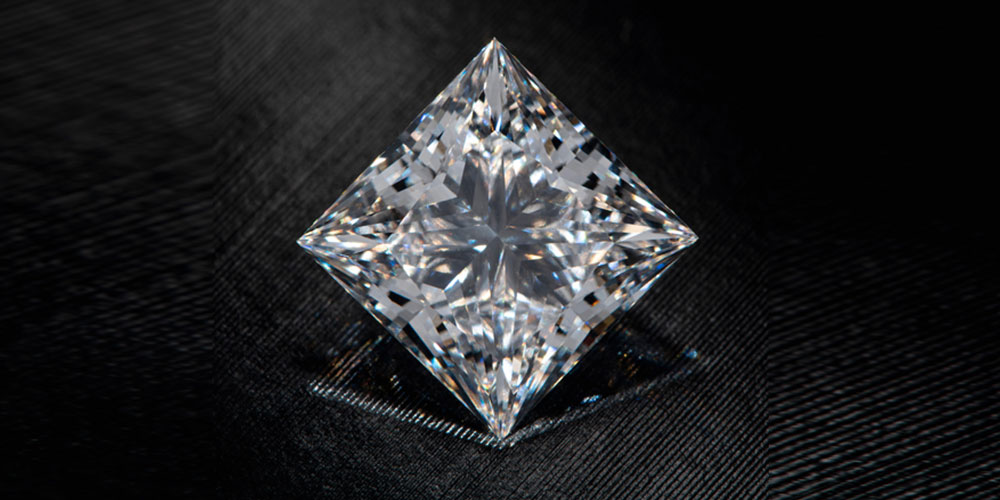Understanding Lab Grown Diamonds: A Comprehensive Guide to CVD Diamonds
Introduction
Diamonds are forever, but did you know they can be grown in a lab? Lab-grown diamonds are making waves in the jewelry industry, and one of the most fascinating methods for creating these gems is the Chemical Vapor Deposition (CVD) process. Let’s dive deep into the world of lab-grown diamonds and explore the intriguing process of CVD.
The Basics of Lab-Grown Diamonds
Definition of Lab-Grown Diamonds
Lab-grown diamonds, also known as synthetic diamonds, are diamonds created in controlled laboratory environments. They possess the same physical, chemical, and optical properties as natural diamonds formed deep within the Earth’s crust over billions of years.
Comparison with Natural Diamonds
At first glance, lab-grown and natural diamonds are nearly indistinguishable. Both are made of carbon atoms arranged in a crystal lattice. However, lab grown diamonds cvd often come at a fraction of the cost and without the environmental and ethical concerns associated with mining natural diamonds.
Benefits of Lab-Grown Diamonds
Lab-grown diamonds offer numerous benefits. They are eco-friendly, as they don’t require the extensive mining processes that harm the environment. They are also conflict-free, providing peace of mind that your gem wasn’t sourced from a war zone. Additionally, lab-grown diamonds are more affordable, making them accessible to a broader audience.
Understanding the CVD Process
What Does CVD Stand For?
CVD stands for Chemical Vapor Deposition, a method used to produce high-quality, high-performance solid materials. In the context of diamonds, CVD is a process by which carbon atoms are deposited onto a substrate, layer by layer, to form a diamond.
The Science Behind CVD
The CVD process involves breaking down carbon-rich gases, such as methane, in a controlled environment. The carbon atoms then bond to a diamond seed, lab created diamonds, gradually building up layers of diamond. This process occurs in a vacuum chamber at high temperatures, typically between 700-1000 degrees Celsius.
Steps Involved in the CVD Process
Creating the Diamond Seed: A small diamond fragment, known as a seed, is placed in the CVD chamber.
Introducing Carbon Gases: Methane and hydrogen gases are introduced and ionized, breaking the molecular bonds.
Layer Formation: Carbon atoms deposit onto the seed, forming diamond layers.
Growth Monitoring: The diamond is carefully monitored to ensure uniform growth.
Polishing and Finishing: The rough diamond is polished to achieve the desired shape and brilliance.

